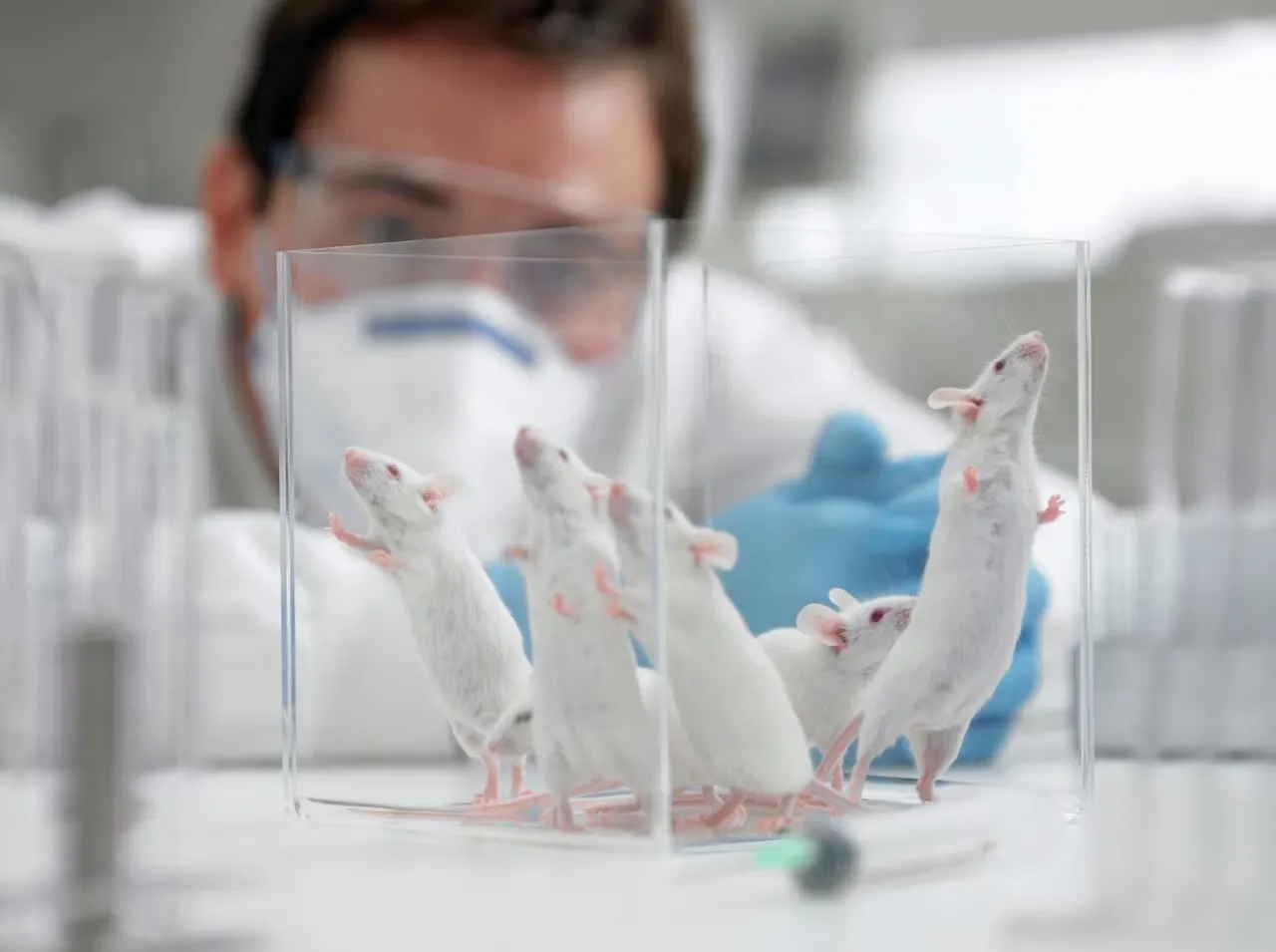A coronavirus mutant that targets the brain. It was developed by a group of Chinese scientists from Beijing University of Chemical Technology. They tested it on mice and found that it had a 100% death rate. However, they now acknowledge that there's a chance the virus could infect people. The group, which has ties to the Chinese army, cloned GX_P2V, a virus that causes Covid to develop and is found in pangolins. As per the Mail's reconstruction, the mice that were humanized—that is, altered to express a human protein—were infected with it beforehand. Evaluating potential human reactions to the coronavirus was the aim.
All of the pathogen-infected rodents perished in 8 days, a period of time the researchers deemed remarkably short.
The researchers were astounded to see that the mice's brains and eyes had significant viral load levels, indicating that the virus—while linked to Covid—is able to proliferate and move through the body in a manner never seen before.
It's a lousy study, with no scientific value at all. Forcibly injecting a random virus into an odd breed of humanized mice seems like a pointless way to learn anything. The biosafety level and biosafety procedures followed throughout the research are not stated in the preprint.
The alarming possibility that some or all of this research—like the Wuhan research conducted between 2016 and 2019 that most likely started the Covid-19 pandemic—was carried out carelessly without the necessary biosafety precautions or minimal containment for research involving potential pandemic pathogens. This is raised by the lack of this information.
The virus was found in Malaysia in pangolins, scaly animals also known to host coronaviruses, and was strongly suspected of being the intermediate host that transmitted Covid from bats to people. This discovery was made in 2017, so preceding the Covid pandemic. The coronavirus was cloned by researchers and kept in many copies in a lab in Beijing, where it kept evolving.
Although the exact date of the study is unknown, scientists speculate that the virus may have undergone a mutation that increased its virulence during storage, making it more deadly. Eight mice were employed in the new study as the virus-infected group, eight were infected with the inactivated virus, and eight served as the control group. Within seven to eight days after infection, every mouse that was infected with the virus perished. Completely white eyes, fast weight loss, and exhaustion were among the symptoms. Moreover, considerable amounts of the virus were discovered by Chinese researchers in the rats' eyes, nostrils, brains, and lungs. The animals' brains had reduced in size and the virus levels were abnormally high, but by day six, the viral load in the lungs had considerably decreased.
In contrast to Covid, which can induce lower respiratory infections and pneumonia in severe cases, the results of this experiment indicate that the virus enters the body through the respiratory system and then moves to the brain. The primary cause of mortality in these mice may have been a severe brain infection in the latter stages of the virus.
